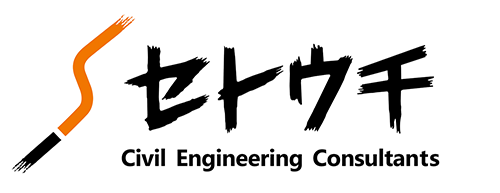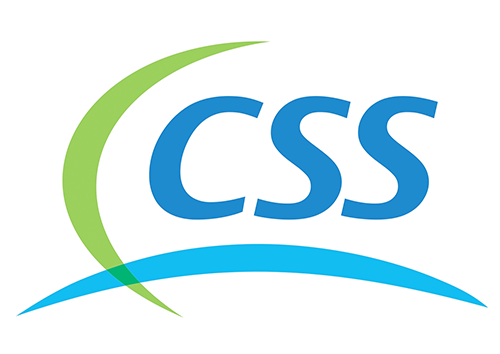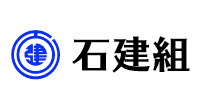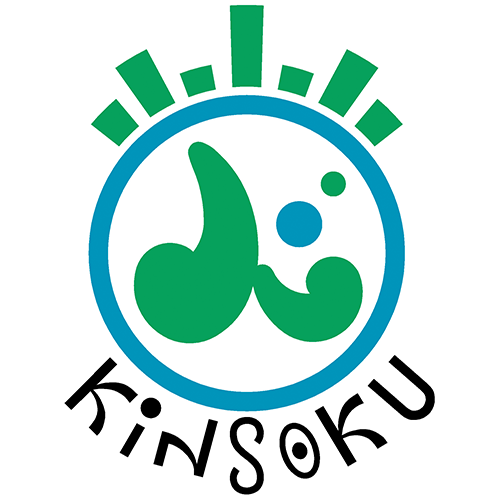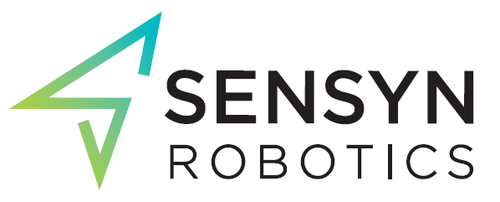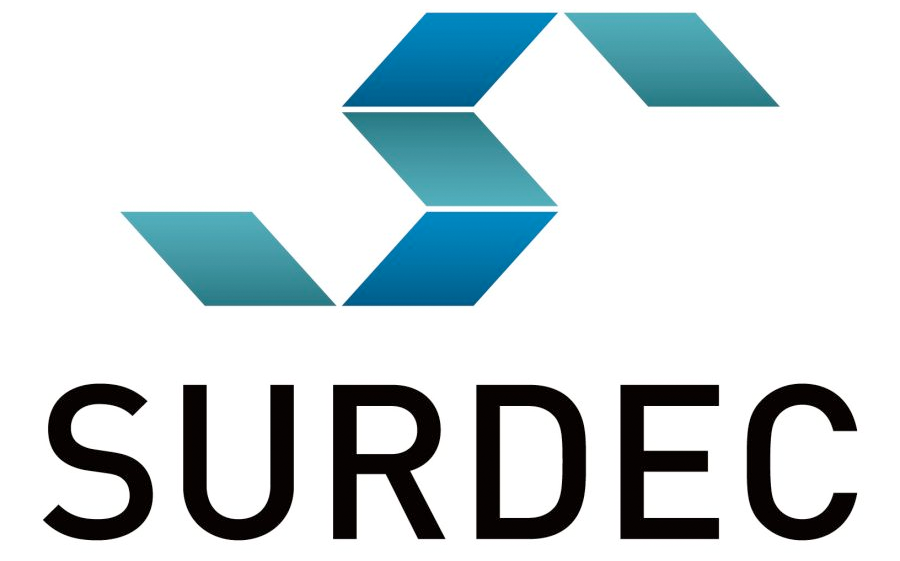
導入企業多数!


低価格でも機能しっかり!
簡単に自動クラス分類、
作業時間を大幅短縮。
重いデータ共有も一瞬でらくらく!
-
- アップロード
- 3次元点群データを
ブラウザ上にドラッグ&ドロップ
-
- 簡単編集
- 自動クラス分類で
フィルタリング作業もらくらく短縮
-
- データを共有
- URLリンクを一瞬で発行。
皆さんで簡単に共有
お知らせ
現在、登録されている記事はありません。
現在、登録されている記事はありません。
このような課題で
お悩みではありませんか?

点群処理の
フィルタリング作業に
手間がかかる…

点群データが重くて
共有も大変…

3次元測量データの
処理ソフトや
ハイスペックPCが高額…
スキャン・エックスに
できること
ScanXは3次元データを、
だれにでも、やさしく編集・処理
いただけるソフトウェアです

自動フィルタリング、
クラス分類で作業らくらく
インターネットブラウザ上でデータをアップロードすると、同時に自動でクラス分類の処理も行われます。データのアップロードが完了し編集を開始するときにはすでに分類が完了してるので、業務効率化に貢献。点群解析にScanXを取り入れることで、平均フィルタリング作業時間が約3分の1まで短縮できます。(当社調べ)

オンラインで簡単に点群データをURL共有、遠隔でスムーズに閲覧・編集!
二つの便利な共有機能を使い分けて、データ納品もパブリックなデータ公開もオンラインでスマートに完了できます。 クローズドな共有:閲覧者のIDやパスワードで認証し、計測やダウンロードも可能な権限を与えられる共有機能です。実質データ納品も可能です。 オープンな共有:多くの方へご覧いただきたいデータには、パブリックリンクを貼り、SNSやウェブサイトで公開可能な、オープンな共有機能です。

圧倒的な低価格!
一般的なライセンス制の点群処理ソフトウェアは、1人分のライセンスで数百万円、高スペックのPCも必要という、価格的なハードルが高いものがほとんどです。ScanXは、月額費用以外の代金が一切不要で、1アカウント分で複数人で作業いただくことも可能です。また、高スペックなPCも不要で、お手持ちのごく普通のスペックのノートPCでも編集できます。約10分の1の初年度費用で3次元点群処理を始めて頂けます。
業種別・お客様の声

土木・建設

森林管理

災害査定

スマートシティ
土木・建設
高評価の地表面抽出機能で業務効率化を実現。
NETIS認定。工事成績表定点プラス1点。

株式会社高崎総合コンサルタント
地理空間情報部赤峰匠様従来なら3日がかりになるフィルタリング処理が、1日で完了
川・海・ダムなどの水域のマルチビームソナーを用いた測量案件が多いです。導入検討時にノイズ処理のテストをし、従来なら3日がかりになるフィルタリング処理が、1日で完了し業務効率化に役立つとの判断で、導入を決定しました。
森林管理
独自のアルゴリズムを駆使し、
樹木の位置や本数、推定樹高などの算出が可能。

新和設計株式会社
齋藤恵太様とにかく操作が軽く、顧客とのデータの共有も簡単
直感的な操作性やサブスクで低価格帯であること、また、高スペックのPCを必要としないクラウド処理型で有る事が決めてとなり導入に至りました。

観測後にお客様にデータを早く見せられ、立木調査が概算で出せ、導入も手軽
既存のソフトで細かい処理をしないでもデータアップロードするだけで協議用に使え、打ち合わせ協議などでは、観測後「いつでも」「どこでも」見せることが可能となった。
災害査定
災害前後のデータを重ね合わせて関係各所と瞬時にデータ共有。
状況把握、救助や復旧計画を素早く正確に行うお手伝い。

観測後にお客様にデータを早く見せられ、立木調査が概算で出せ、導入も手軽
既存のソフトで細かい処理をしないでもデータアップロードするだけで協議用に使え、打ち合わせ協議などでは、観測後「いつでも」「どこでも」見せることが可能となった。

株式会社センシンロボティクス
北村 卓也様発注者や外部の関係者との共有も簡単になりました
ScanXは、重い点群データを驚くほどストレスなくスムーズに動かせるだけでなく、共有リンク機能もあり、発注者や外部の関係者との共有も簡単になりました。ScanXのエンジニア陣が持っているロボティクス、GIS、Webアプリケーションなどにおける専門知識は、当社が手がける建設、公共事業、石油・ガス産業向けのUAVソリューションと相乗効果を発揮しています。
スマートシティ
AI・深層学習を取り入れた自動分類機能で、
必要なデータだけを抽出することが可能。

株式会社センシンロボティクス
北村 卓也様発注者や外部の関係者との共有も簡単になりました
ScanXは、重い点群データを驚くほどストレスなくスムーズに動かせるだけでなく、共有リンク機能もあり、発注者や外部の関係者との共有も簡単になりました。ScanXのエンジニア陣が持っているロボティクス、GIS、Webアプリケーションなどにおける専門知識は、当社が手がける建設、公共事業、石油・ガス産業向けのUAVソリューションと相乗効果を発揮しています。



